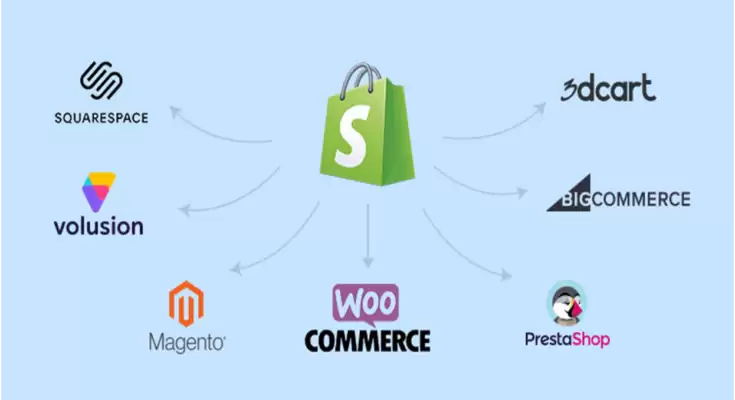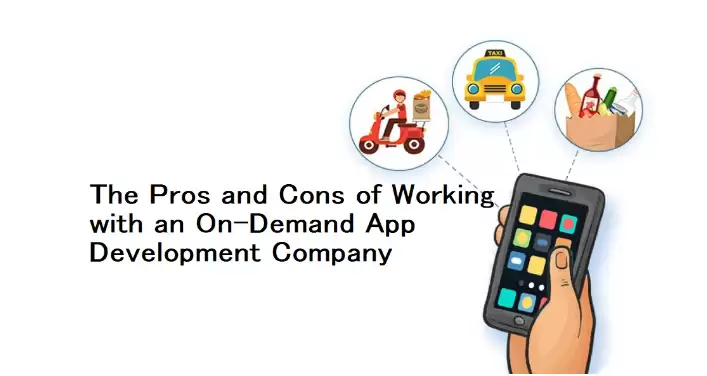A regular job: only pays the bills.
A dream job: pays the bills, keeps up your passion, suffices your aspirations, and gives you the satisfaction of impacting the world through your career.
That’s it. Now you know the clear difference between a regular and dream job and why all chase to have the latter. It doesn’t matter if you are kickstarting your career or thinking about shifting direction – landing a dream job is not happening overnight.
Well, that certainly doesn’t mean it is never going to happen. A brilliant approach and endless patience are all it takes to land a dream job.
With growing sectors and the emergence of technology, looking out for a dream job is possible. Even in fresh job markets like cannabis, finding a job has become easy because of the boom of opportunities. Having said that, we have compiled an excellent nine-step guide to land your dream job in any sector.
Let’s go through it one by one:
Step 1: Make Up Your Mind For The Commitment
If you are a fresher, this point is super significant for you. Before landing a dream job and joining the organization, convincing yourself to go through all these is a separate task. Committing to a full-time role is merely 8 to 9 hours of hard work blended with dedication, value addition, and skills improvement.
Therefore, make up your mind to soak everything in between, from tiresome workdays, tight deadlines, and endless overtime to office politics. We do not intend to scare you but to prepare you for the real corporate world. Once you are convinced to commit, the mind-grinding process of landing a dream job begins.
Step 2: Prepare a Stellar Resume/CV
Preparing a CV is the first baby step toward your journey of landing a dream job. That’s because a resume is the first point of communication between you and a potential employer. A potential employer can learn about your personal, professional, and educational summary through your crafted CV.
Many candidates never land a brilliant job because they casually consider CV-making and end up with zero interviews. However, in reality, building a classic CV is easy these days with templates, tools, and builders.

Step 3: Research About Industries You Are Interested In
Assuming that you have identified your skills & expertise and prepared an impressive CV, the step is to research relevant industries you can work in and discover professional opportunities. For instance, if you have a knack for fashion, identify whether you want to become a fashion stylist, apparel manager, purchase manager, or fashion designer.
Tweak your CV accordingly and start looking out for firms offering similar roles. Also, research your desired industry and keep up with the latest information, trends, events, and updates. Besides getting more qualified, you might also identify potential opportunities while at an event or learning specifically about the industry.
Step 4: Identify & Investigate Target Employers
With this step, you get closer to landing a dream job. Classifying target employers helps you figure out your possible workplace options. For this, you should segment all those organizations that match your career goals, passion, and professional aspirations. Factors like company size, company type (startup or enterprise), culture, mission, and reputation might help you make a move faster.
Once you have the list of target employers (maybe the top five or ten), study everything about them. It includes visiting their website, navigating through their social media handles, learning about products and services, exploring their clientele & previous work, and anything related that comes to your mind.
Step 5: Start Building a Portfolio
How will you approach your target employers if you have nothing to show/offer them? Hence, a portfolio must be built for a few profiles like content writer, graphic designer, interior designer, and website developer.
If you are a content writer, you can start by accumulating all your published write-ups in a Google Doc and creating a shorter link. For graphic designers, GitHub is a perfect place to create a repository of all their innovative designs. Interior designers could make a folder on Google Drive about their design projects, and website developers can share direct links to the websites they have developed.
Step 6: Update Your Social Media Handles
Modern-day hiring emphasizes adding playful people to the organization’s team. And social media is the best proof of an individual personality, vibe, character, and out-of-workplace life. A few hiring managers might even ask for your social media handles and work portfolio for screenings.
To cater to its growing importance, you should keep all your social media handles current. And to land a dream job revamping your LinkedIn, Instagram, and Twitter should be a priority.

Step 7: Network With Founders & CEOs
Congratulations! You have got all the resources ready in your background. And now, it’s time to spread the buzz about your job hunting. Start with contacting your first connections. Plus, attend a few corporate events and network with founders, CEOs, directors, and other young professionals from your industry.
Also, you can ask industry aspirants and leaders to give you referrals and recommendations about jobs in their network. To make this happen, introduce yourself confidently, and show them that you are worth their time and further consideration in seconds.

Step 8: Straight Apply To The Job Postings
Finally, come down to job postings on third-party portals, job boards, consultancy apps, and company websites and send direct applications. Attach your CV, portfolio, and cover letter to make your point with each application.
Don’t make a generic cover letter for all applications. Instead, keep it tailor-made company-wise to catch the hiring manager’s attention in a finger snap.
A bonus tip – read the job description of each job carefully before applying. Denying a recruiter for something already on the JD after clearing the first few rounds creates a negative impression.
Step 9: Schedule Interviews & Negotiate Job Offers
Whether you are interviewing for an advertising agency, IT giant, staffing agency, bank, or government institution, prepare yourself for interviews. Polish your communication skills, body language, and technical concepts. Present yourself decently in the interview and ask all genuine questions about salary, leave policy, working hours, and other things transparently.

Following up after an interview with a thank you note or progress update is not a bad idea. Additionally, always apply to multiple companies for similar or related roles and interview with most of them, if not all. Once you receive offers from numerous companies, go through the pros & cons of each and negotiate offers with the firms you favor the most.
Summary
No one can define the time and process to land a dream job. That’s because it comprises multiple steps, people, and aspects. This guide is not a strict rulebook to follow whenever you look for an ideal job. However, if you do so, the entire process might get streamlined, divided into pieces, and quicker.











